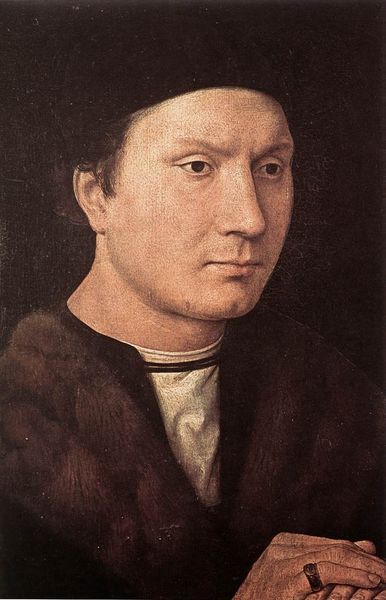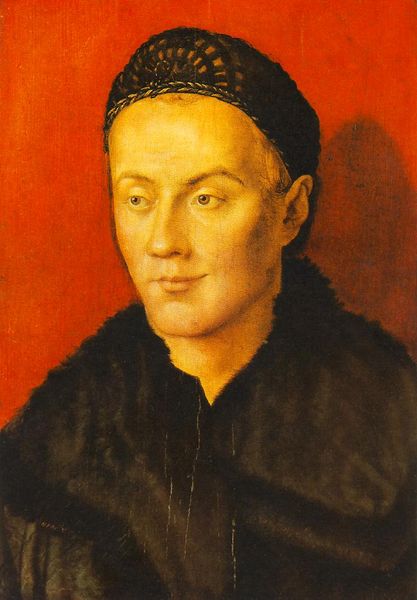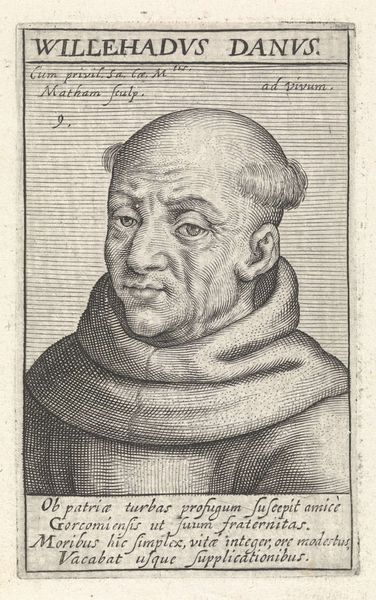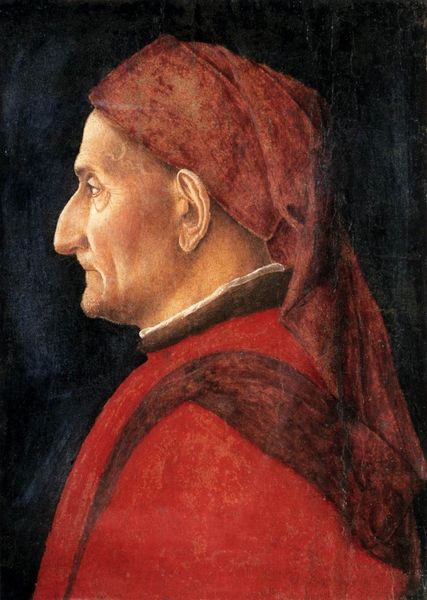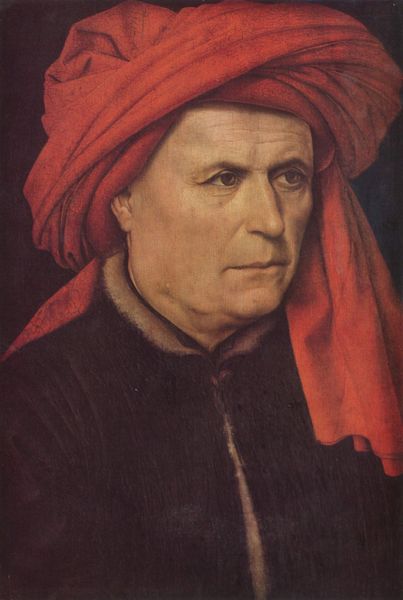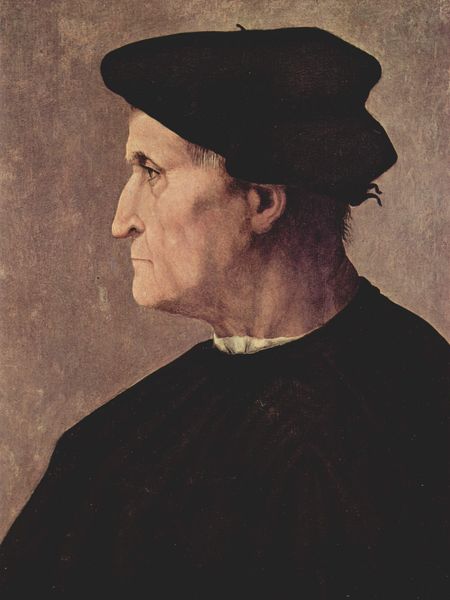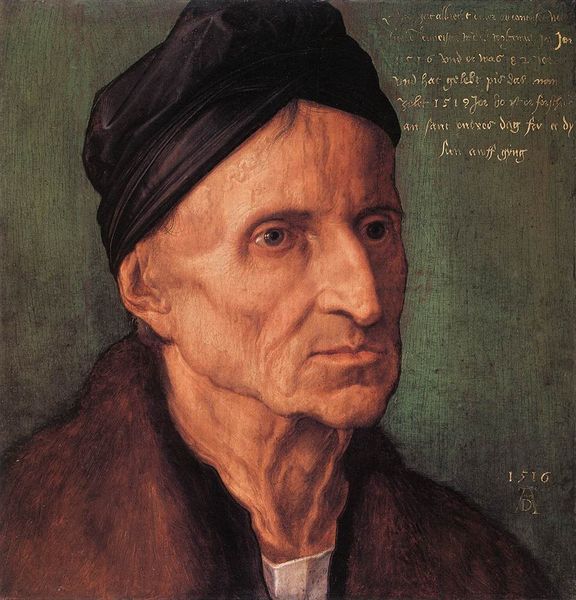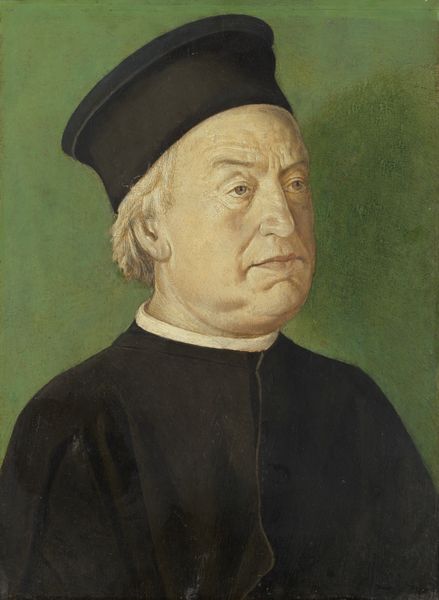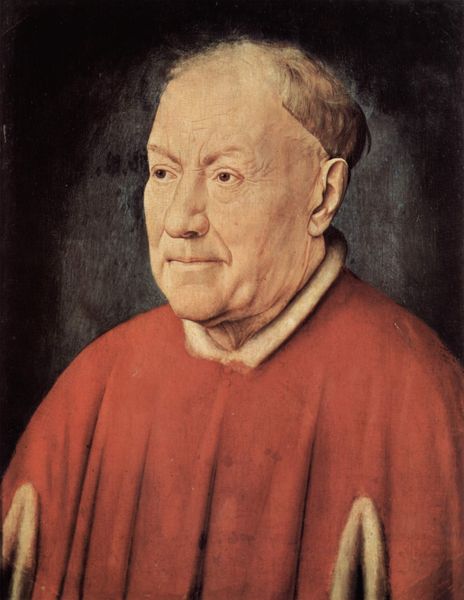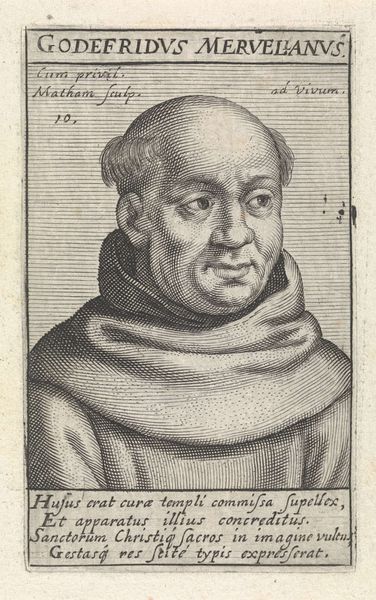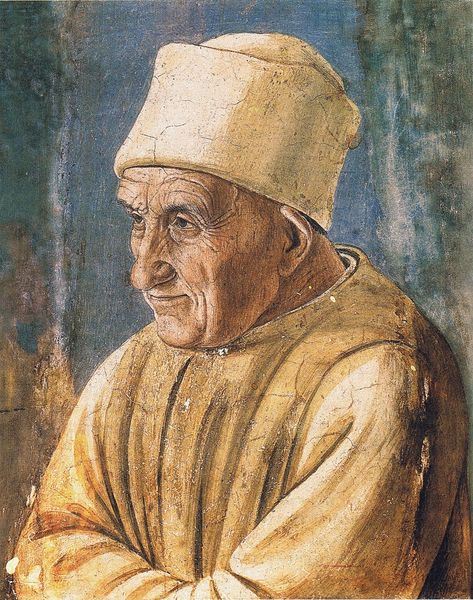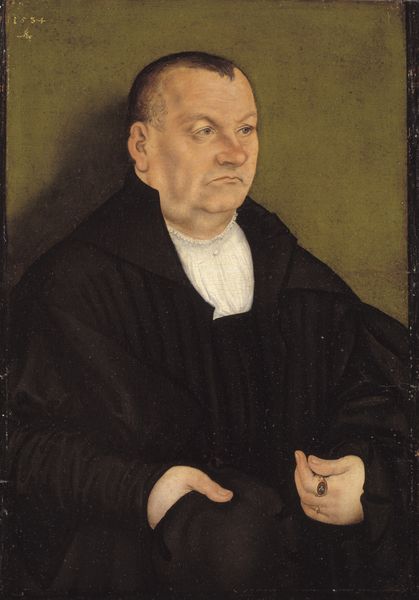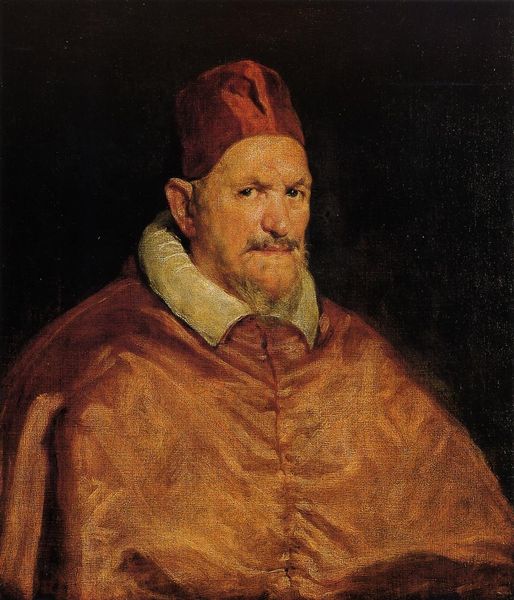
painting, oil-paint
#
portrait
#
self-portrait
#
portrait
#
painting
#
oil-paint
#
history-painting
#
italian-renaissance
#
realism
Dimensions: 36 x 48 cm
Copyright: Public domain
Curator: Looking at this portrait, the meticulous realism Dürer achieves with oil paints is really striking. The subject is Jacob Muffel, painted in 1526. It currently resides in the Gemäldegalerie in Berlin. Editor: My first thought is the sheer opulence. The fur! It's almost overwhelming, a real statement of wealth and status. Curator: Exactly. The choice of materials – oil paint allowing for those rich textures, the fur itself, even the fine details on his hat—speak volumes about patronage and social class in 16th-century Nuremberg. Dürer wasn't just capturing a likeness; he was crafting an image that broadcast Muffel's position in society. Editor: And consider the role Dürer himself played. Commissioned portraiture like this helped artists rise in social standing. It was a savvy move to connect with powerful figures. Who *was* Jacob Muffel anyway? Curator: Muffel was the Mayor of Nuremberg at the time. The historical context is key; Nuremberg was a major centre for trade and humanism. To be immortalised by Dürer was an emblem of prestige and political power. The museum, of course, enhances this prestige even today, making his influence accessible to the public. Editor: It’s not just prestige, though; it's a carefully constructed image. Look at the gaze – steady, perhaps a bit aloof. It is carefully calibrated to project power, the means to that project is dependent on skillful application, layered brushstrokes of colour on canvas—not some sudden divine act. Curator: I see it more as capturing an individual within the broader currents of Renaissance society, exploring the tension between individuality and the representational constraints imposed by social expectations. Editor: And now, centuries later, these institutions are maintaining the power dynamics and elevating certain individuals to historical importance through careful management and controlled display. It’s a curated kind of history, isn’t it? Curator: Absolutely. From pigment selection to gallery placement, every detail contributes to the narratives that are woven around such artworks, prompting discussions about production value then and exhibition strategies today. Editor: In short, every art encounter becomes part of the broader cultural discourse. Thank you for walking me through that.
Comments
No comments
Be the first to comment and join the conversation on the ultimate creative platform.
